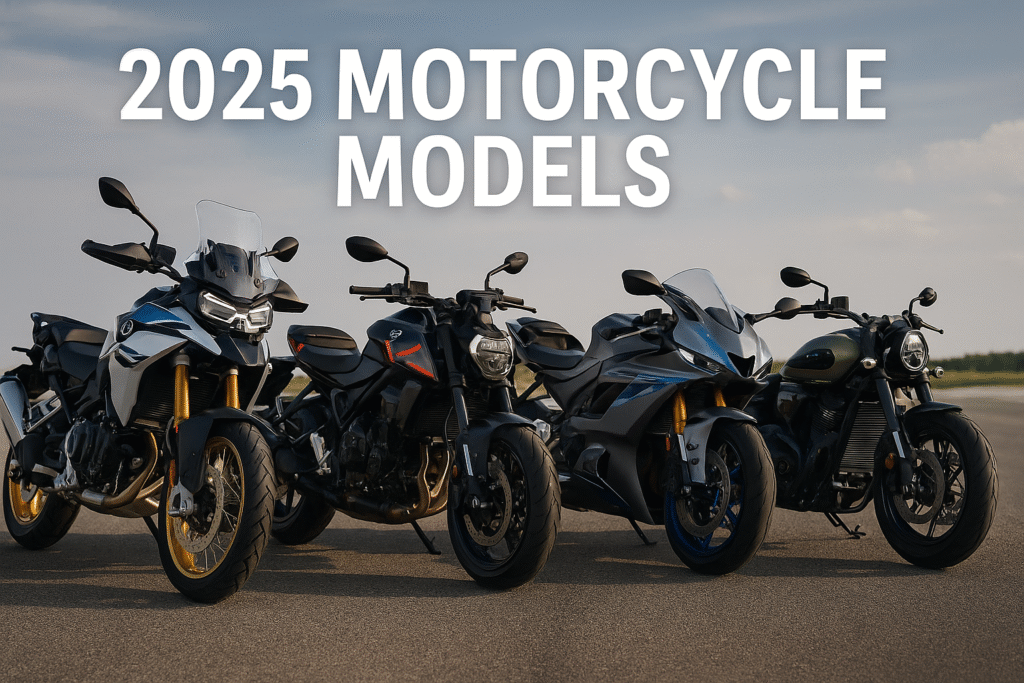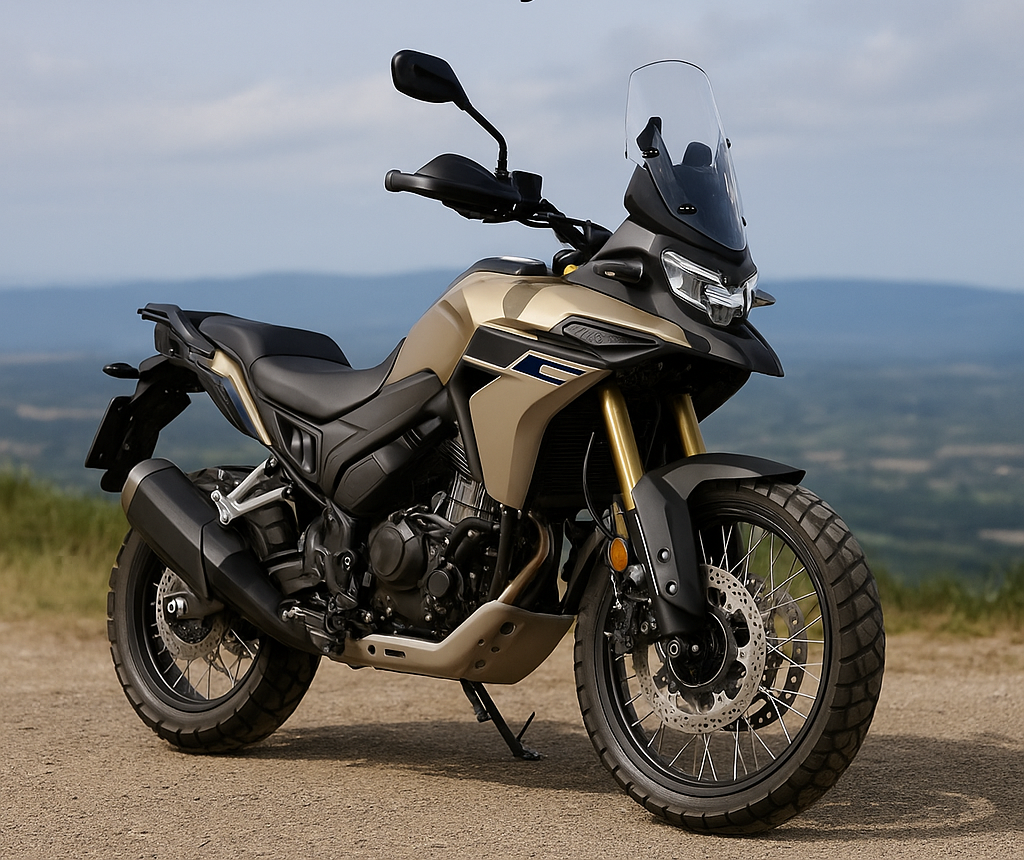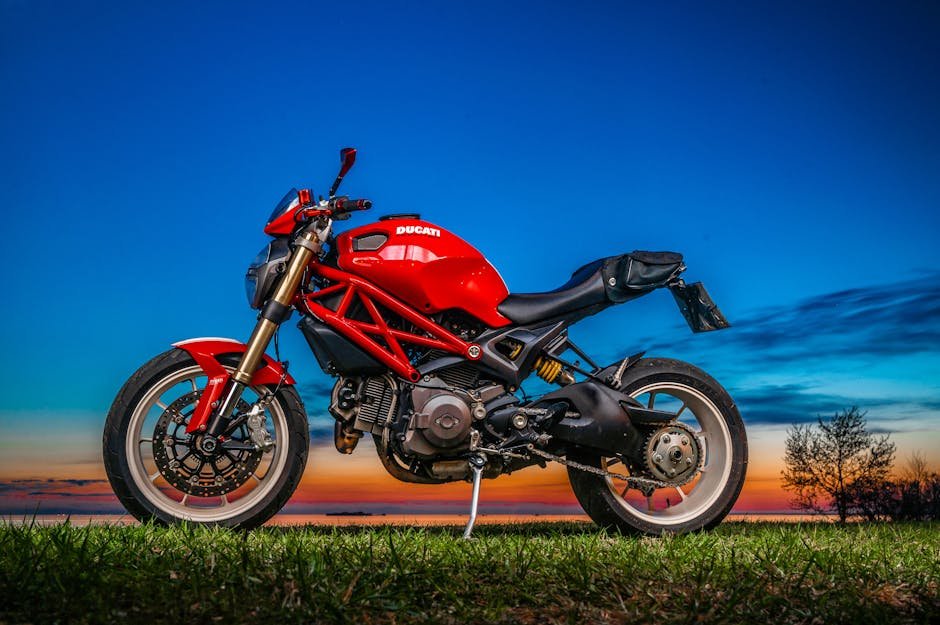Table of Contents
A Legacy Rooted in American Motorcycling

Indian Motorcycle, the oldest motorcycle manufacturer in America, was founded by George M. Hendee and Oscar Hedström in Springfield, Massachusetts, in 1901. The company quickly became known for its dominance in early bike racing and its pioneering innovations, establishing itself as a major force in the early 20th-century motorcycling industry.
Recently, the Indian Motorcycle Sold to private equity, marking a significant change in its ownership structure. This transition signifies a new chapter for the brand.
This transition comes as the Indian Motorcycle Sold to a new majority stakeholder, paving the way for future innovations and growth. The implications of this sale are vast.
After 1953, Indian faced decades of turbulence due to multiple ownership changes. Its long-awaited revival came in 2011, when Polaris Industries acquired the brand and reignited its legacy. Under Polaris, Indian once again found success with modern models such as the Scout, Chief, and FTR 1200, all manufactured at the company’s Spirit Lake, Iowa facility.
The Deal: Carolwood LP Becomes Majority Stakeholder
On October 13, 2025, Polaris announced that it would sell a majority stake in Indian Motorcycle to Carolwood LP, a private-equity firm based in Los Angeles. This significant transaction, referred to as the Indian Motorcycle Sold deal, marks a new chapter in the brand’s storied history.
This significant transaction marks a pivotal moment in the industry as the Indian Motorcycle Sold to Carolwood LP signifies a new chapter for this iconic brand.
According to Polaris’s investor release:
- Indian will become an independent company.
- Polaris will retain a minority equity interest.
- The transaction is expected to close in Q1 2026.
- Indian generated approximately $478 million in revenue, about 7% of Polaris’s total revenue.
- Manufacturing operations will continue in Spirit Lake, IA and Monticello, MN.
- Mike Kennedy, formerly with Harley-Davidson and Vance & Hines, will become the CEO of the new company.
“Indian Motorcycle is an iconic brand poised for its next stage of growth. Carolwood LP brings both financial muscle and strategic vision.”
— Polaris Press Statement, October 2025
Why Polaris Made the Move
Strategic Focus
Polaris’s core business lies in off-road vehicles, snowmobiles, and side-by-sides. The motorcycle division, while prestigious, represents a smaller and more capital-intensive segment. Spinning off Indian allows Polaris to concentrate on higher-margin and faster-growing areas of its portfolio.
Financial Efficiency
The sale frees up capital and strengthens profitability ratios, while still allowing Polaris to benefit from Indian’s future growth through its retained minority stake.
Growth Potential for Indian
As a standalone company, Indian gains greater agility — enabling quicker decision-making, focused R&D investment, and global dealership expansion.
What Carolwood’s Ownership Means for Indian Motorcycle
Opportunities
- Targeted Investment: Increased funding for innovation, electric-vehicle development, and new premium models.
- Global Expansion: A broader push into international markets beyond North America.
- Lifestyle Branding: Renewed marketing campaigns emphasizing heritage, craftsmanship, and rider community engagement.
Stability
Indian’s existing operations, plants, and workforce will remain largely unchanged, ensuring business continuity while leadership and strategy evolve.
Private Equity Oversight
Private-equity ownership often brings tighter cost control. Some industry analysts have expressed concern that profitability could take precedence over long-term craftsmanship and innovation.
“If I were an employee of Indian now, I personally wouldn’t be taking a new home loan.” — VisorDown Analysis
Risks and Opportunities Ahead
Dealers and Customers
Pros: Expanded model lineup, stronger marketing support, and potential for global offerings.
Cons: Transition challenges, potential service-policy changes, or tighter dealer margins.
Employees
Most employees are expected to transition to the new company, though restructuring is common during ownership changes.
Brand Image
Maintaining the balance between heritage and innovation will be critical. Indian could strengthen its image as the premium, tech-forward rival to Harley-Davidson, but excessive cost-cutting might dilute its identity.
Key Areas to Watch in 2026
- Completion of the transaction in Q1 2026
- Launch of EV-ready motorcycle platforms
- Expansion of dealer networks in Asia and Europe
- Evolution of marketing strategy — whether focused on heritage or modern technology
- Polaris’s post-divestiture performance
Key References
- Polaris Official Press Release
- Reuters — Polaris Shares Surge on Indian Motorcycle Spin-off
- Barron’s — What It Means for Harley-Davidson
- VisorDown Analysis — What the Sale Means for Riders
Conclusion
The sale of Indian Motorcycle’s majority stake to Carolwood LP could mark the beginning of a new era in American motorcycling.
For Polaris, it is a financially prudent move that sharpens focus on core strengths.
For Carolwood, it represents an opportunity to grow a legendary brand.
For riders, it raises the question — will Indian continue its tradition of bold innovation or lose its distinctive character under private-equity ownership?
Either way, the next chapter of Indian Motorcycle promises to be one of the most closely watched stories in the powersports world.
Also Read
Frequently Asked Questions
Why did Polaris decide to sell Indian Motorcycle?
Polaris sold a majority stake in Indian Motorcycle to refocus on its core businesses, such as off-road vehicles, snowmobiles, and side-by-sides. The motorcycle division required significant investment and had a smaller profit contribution compared to these segments. The sale allows Polaris to unlock capital while retaining a minority stake to benefit from Indian’s future growth.
What changes should Indian Motorcycle customers expect after the sale?
For now, customers are unlikely to see major changes. Manufacturing will continue in Spirit Lake, Iowa, and Monticello, Minnesota, and the brand’s current lineup and dealer network will remain intact. Over time, however, customers can expect new model launches, possible electric motorcycles, and stronger global expansion efforts under Carolwood LP’s ownership.
Will Indian Motorcycle continue competing with Harley-Davidson?
Yes. Indian will remain positioned as a premium American motorcycle brand and direct rival to Harley-Davidson. Under Carolwood’s leadership, the company may emphasize innovation, advanced technology, and global presence—further strengthening its competition in the heavyweight cruiser and touring segments.




